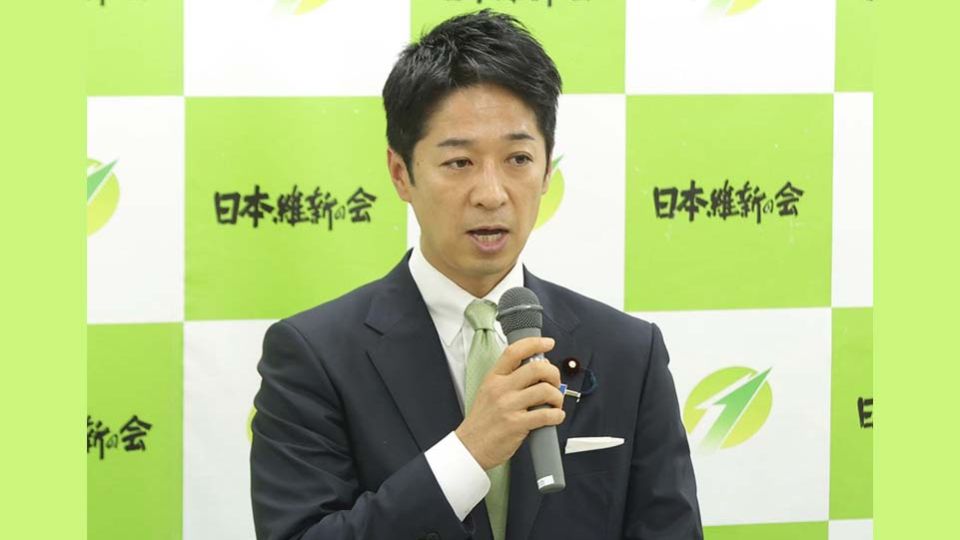October 22, 2025
TOKYO – Despite the launch of the Liberal Democratic Party-Japan Innovation Party coalition government, Prime Minister Sanae Takaichi’s new administration is likely to face some difficulties running the government due to the JIP only offering to cooperate “outside the Cabinet,” as no JIP members are joining the Takaichi Cabinet.
The LDP hopes the JIP’s Diet affairs chief, Takashi Endo, who is expected to be named a special adviser to the prime minister, will help maintain close contact between the administration and the JIP.
At a press conference on Monday, JIP coleader Fumitake Fujita denied speculation that the party is only offering to cooperate “outside the Cabinet” because it is ready to leave the coalition at any moment.
“We don’t have any such intent,” Fujita said.
Takaichi asked the JIP to join the Cabinet during negotiations between the two parties, but the JIP declined, citing its lack of experience being a part of the ruling bloc.
“It’s difficult for us to be completely on the same page with the LDP, as the party is beset with money and politics issues,” a senior JIP member said.
Coalition governments in the past sought various frameworks to secure a majority in both houses of the Diet, but they were subsequently impacted by the political situation.
The Cabinet of Prime Minister Tomiichi Murayama was launched in 1994 under a three-party coalition with the LDP, the Social Democratic Party of Japan and New Party Sakigake. But after the SDPJ and Sakigake suffered a serious setback in the 1996 House of Representatives election, the two parties became partners “outside the Cabinet” in the second administration of Prime Minister Ryutaro Hashimoto.
The Cabinet led by Prime Minister Yukio Hatoyama was launched in 2009 under the coalition framework of the Democratic Party of Japan, the Social Democratic Party and the People’s New Party.
However, after SDP leader Mizuho Fukushima was dismissed as the minister in charge of consumer affairs over the relocation of the U.S. military’s Futenma Air Station from its present site in Ginowan, Okinawa Prefecture, the SDP left the coalition. As a result, the Hatoyama Cabinet was forced to resign.
‘Second capital’
The two parties’ coalition agreement included the “second capital” initiative, which the JIP said was an absolute requirement in policy talks with the LDP. The two parties aim to pass the legislation during the ordinary Diet session next year.
The initiative aims to prepare a city capable of assuming the functions of a capital in the event of a disaster affecting Tokyo.
According to the draft outline of the legislation, the central government would designate a second capital from applications submitted by prefectural governments, excluding Tokyo. The designated city would be given deregulatory measures and exceptional tax breaks.
One condition of a second capital is that the city must have special wards set up under the law on the establishment of special districts in large metropolitan areas, according to the draft outline.
If the Osaka prefectural government wanted to apply, it would be required to realize the JIP’s signature policy of the Osaka metropolis plan, under which Osaka City would be reorganized into multiple special wards.
JIP leader and Osaka Gov. Hirofumi Yoshimura stressed that the initiative is something Osaka needs.
It is believed the JIP will start preparations to hold a referendum on the initiative in Osaka Prefecture for the third time, with a view to enact the legislation regarding the second capital.

